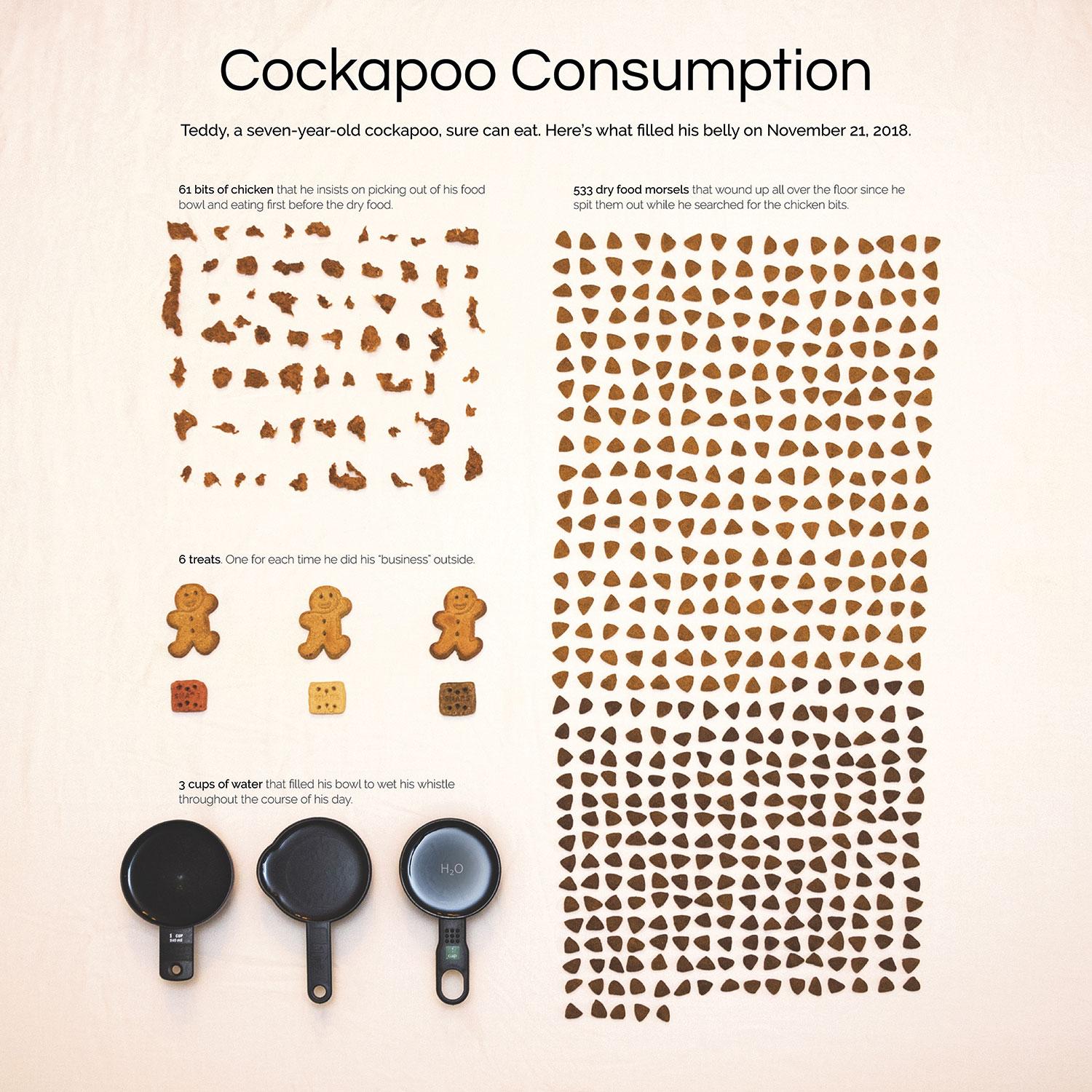
Information Graphics/Publication Design / Undergraduate
The Major
The Information Graphics/Publication Design sequence tells stories through design, typography and infographics with the goal of creating dynamic and engaging publications that are online, in tablet form, or in print. Graduates of this sequence work as publication designers across multiple platforms, information and infographic designers, corporate public relations communications designers, and art, creative and communications directors.
Student Work
Students in this sequence create everything from page layouts to infographics to data visualization, on digital and print platforms. They have a strong interest in editorial design that focuses on conceptual thinking. See more student work.

Information Graphics/Publication Design major courses
The bachelor’s degree with an emphasis in Information Graphics/Publication Design is a 120-credit hour program that includes a major core of study, general liberal arts classes, a focus on a specialization area and an internship. In our program, students start studying photography and take a design class during their first semester.
Classes in this major include:
- VICO 1000 - Intro to Visual Communication: A survey class in the foundations of visual communication
- VICO 1421 and 1414 - Introductory classes in photography and design.
Specialized classes in Information Graphics/Publication Design include:
- VICO 1115 - Visual Communication I
- VICO 2161 - Interactive I: Web Design
- VICO 2435 - Picture Editing
- VICO 2400 - Illustration I: Digital Imaging
- VICO 3111 - Design II: Information Graphics
- VICO 3115 - Advanced Publication Design
- VICO 3141 - Editorial Illustration
- VICO 4112 - Advanced Infographics Capstone
- Students also have the opportunity to take motion graphics, advanced web design, and commercial photography.
Other core classes including electives in visual history, business and communication, and a specialization area of the student’s choosing, all supporting their education in VisCom. Journalism courses also make up a part of this major core of study, and include classes in grammar, writing and communication law. Our program prepares students to be well-rounded — and ready for the future.
To add a minor or certificate as part of your course of study, complete this form
Internships and Careers
One advisor-approved internship is required for the degree in Visual Communication. Internships should be approximately 400 hours of paid and supervised work in your field. Many students have more than one internship experience prior to graduation. Additionally, VisCom alumni have had successful careers in the industry in a variety of capacities and have worked and interned for a variety of companies, including Abercrombie & Fitch, The Los Angeles Times, National Geographic, The Washington Post, Walt Disney Corporation, MTV, SBC Advertising, DSW, ScrollMotion, and The White House.
Equipment Checkout Room
VisCom also supplies an Equipment Checkout Room with the support of Nikon, Canon, Mamiya Corporation of America and Sony. Students can check out DSLR cameras, lenses, lighting gear, audio equipment, video equipment, a 360-degree camera, tripods other stabilization tools.
A form will be emailed to students every year to gain access to the equipment room. If you did not receive this form or cannot find it, contact Josh Birnbaum at birnbaum@ohio.edu or (740)-597-1778.
Computer Labs
The School of Visual Communication uses Apple computers and predominantly the Adobe Creative Suite. We are pleased to provide computer labs with Apple computers, the Adobe Creative Suite and other software needed for classes. These labs also have open hours in the evenings, as do other labs on campus, and have color printers and photo printers students can use with purchase of a print card.
School of Visual Communication Gallery
On the first floor of Schoonover, the School of Visual Communication runs a gallery. Rotating regularly between student and alumni shows, students can not only show their work, but gain experience participating in the exhibitions.
